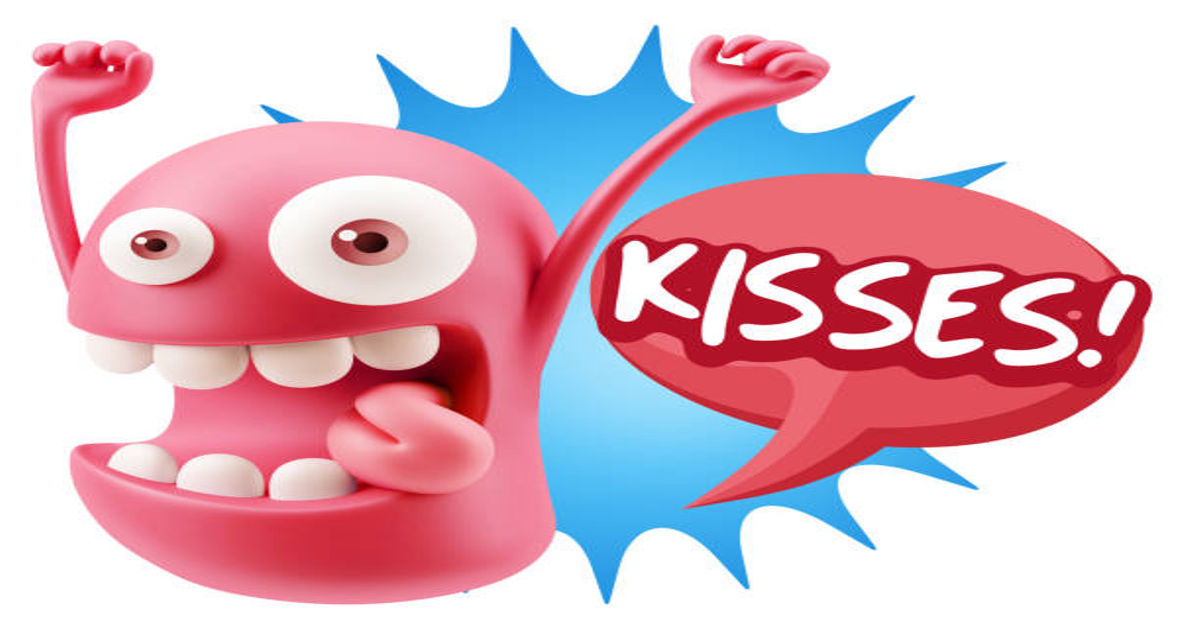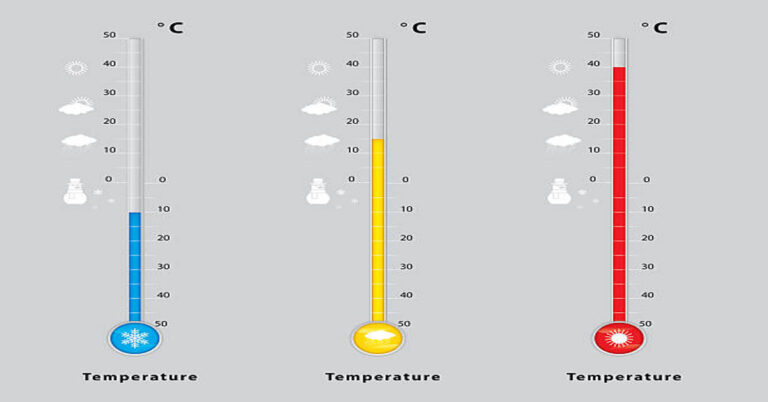
Cartoons have long been one of the most beloved forms of entertainment for audiences of all ages. From classic Saturday morning shows to today’s digital-age animated masterpieces, cartoons have evolved remarkably in storytelling, art style, and accessibility. Among the many online platforms that have emerged to serve animation enthusiasts, Kiss Cartoon gained massive popularity as one of the most well-known cartoon streaming sites of the past decade. Though it rose to fame quickly, it also became the subject of considerable controversy due to its operation outside of official licensing boundaries.
In this comprehensive article, we’ll explore everything about Kiss Cartoon — its history, structure, appeal, legal implications, safety issues, and modern alternatives for enjoying animation ethically and securely. The aim is to give a complete understanding of why Kiss Cartoon became iconic, what lessons it left behind for online media consumption, and how viewers today can access animated content responsibly.
1. The Emergence of Kiss Cartoon: The Rise of Online Animation Platforms
Before the digital streaming era, cartoons were primarily broadcast through television networks such as Cartoon Network, Nickelodeon, and Disney Channel. Access was limited to scheduled timings and cable packages, meaning fans often missed episodes if they weren’t available during air time. The rise of the internet, however, changed this dynamic forever.
In the early 2010s, websites offering free streaming of cartoons began appearing online. Among them, Kiss Cartoon quickly stood out due to its extensive library and easy-to-navigate interface. The platform attracted a global audience by offering thousands of animated series, from timeless classics like Tom and Jerry and Looney Tunes to modern hits such as Adventure Time and Rick and Morty.
What made Kiss Cartoon unique was its simplicity — users could instantly stream or download episodes without requiring subscriptions, logins, or payments. For millions of fans who didn’t have access to premium streaming services, this seemed like a dream come true. However, behind the scenes, the website operated in a legal gray area that would eventually lead to its shutdowns and domain bans.
2. How Kiss Cartoon Functioned and Became So Popular
The site’s model was based on hosting or linking to video files uploaded to external servers. In other words, Kiss Cartoon didn’t own or produce the content — it provided easy access to videos hosted elsewhere. This system allowed it to compile an enormous library with minimal costs.
Several factors contributed to Kiss Cartoon’s massive success:
| Feature | Description |
|---|---|
| Free Access | No subscription or payment required, attracting global users. |
| Extensive Library | Thousands of cartoons, anime series, and movies available in one place. |
| Simple Interface | Straightforward navigation with categorized sections by genre and alphabet. |
| Frequent Updates | Episodes added quickly after release, making it a go-to source for new content. |
| High Streaming Quality | Offered videos in various resolutions, including HD formats. |
In many ways, Kiss Cartoon was ahead of its time. Long before mainstream streaming giants expanded globally, it offered a model that catered directly to fans’ desires: instant access to all their favorite animated shows without barriers. But this convenience came at the cost of legality and security — issues that would later define its downfall.
3. The Legal and Ethical Dimensions of Kiss Cartoon
The core issue with Kiss Cartoon was that it distributed copyrighted material without authorization. Copyright laws protect creative works — including animation, films, and series — by granting creators and studios exclusive rights to reproduce and distribute their work. Websites like Kiss Cartoon, which streamed copyrighted shows without proper licensing, technically violated these laws.
This placed both the operators and, in some cases, users in risky territory. Although individual viewers were rarely prosecuted, the websites themselves often faced takedown notices, domain seizures, and bans by authorities.
To better understand the difference between legitimate and unauthorized streaming, consider the table below:
| Aspect | Licensed Streaming (e.g., Netflix, Hulu) | Unauthorized Streaming (e.g., Kiss Cartoon) |
|---|---|---|
| Content Rights | Fully licensed and legal | Not authorized by copyright holders |
| Revenue Model | Subscription or ad-supported (shared with creators) | Ads without revenue sharing |
| User Safety | High security, data protection | Often risky with pop-ups or malware |
| Content Quality | Consistent, high-definition | Varies; sometimes low-quality sources |
| Legal Status | 100% legal | Potentially illegal depending on jurisdiction |
The popularity of Kiss Cartoon forced the entertainment industry to recognize the global appetite for animation and faster digital access. In response, many studios and platforms began launching their own legal streaming services, such as Disney+, Crunchyroll, and HBO Max, ensuring fans could access quality content while supporting creators.
4. Safety and Privacy Concerns Associated with Kiss Cartoon
Beyond the legal implications, user safety was another major concern associated with sites like Kiss Cartoon. Because the platform relied heavily on third-party advertising and hosting services, it often exposed users to potential cybersecurity threats.
A. Common Safety Risks
- Pop-Up Ads: Many of these ads redirected users to suspicious or phishing websites that could collect personal data.
- Malware and Spyware: Clicking unsafe links sometimes led to malicious downloads that infected devices.
- Fake “Mirror Sites”: After the main Kiss Cartoon domain was taken down, multiple imitation sites appeared, often containing viruses or scams.
- Data Privacy Risks: Non-secure HTTP connections exposed users to data interception.
B. User Awareness
The lack of official oversight made it difficult for users to distinguish legitimate mirror domains from harmful ones. As the site gained fame, so did the number of clones attempting to exploit its reputation. Many viewers unknowingly visited fraudulent copies that compromised their security.
Thus, while Kiss Cartoon offered free entertainment, it inadvertently put millions of users’ devices and privacy at risk — a trade-off that eventually pushed many fans toward legal, safer alternatives.
5. The Shutdown and Aftermath of Kiss Cartoon
Over time, the legal pressure on Kiss Cartoon intensified. Authorities and copyright owners consistently targeted the site for infringement. As a result, Kiss Cartoon underwent multiple domain changes and shutdowns, each time reappearing under slightly different URLs. However, every comeback was short-lived, and by the late 2010s, most of its versions had vanished from the web or were replaced by clones with little to no connection to the original site.
The closure sparked a wave of nostalgia and frustration among users who had come to rely on Kiss Cartoon as their go-to cartoon archive. But it also marked a turning point — leading many to realize the importance of supporting official platforms that compensate creators and ensure secure, high-quality viewing experiences.
6. The Cultural Impact of Kiss Cartoon
Despite its controversial status, Kiss Cartoon played an undeniable role in shaping online animation culture. It served as an introduction to cartoons for countless people who lacked access to cable or paid services. For international audiences, especially in countries where animation streaming options were limited, it became an invaluable gateway to Western and Japanese animated content.
Moreover, Kiss Cartoon fostered communities of fans who shared recommendations, reviews, and discussions about their favorite series. Social media groups and online forums often referenced Kiss Cartoon as the place where they discovered lesser-known shows. This sense of accessibility democratized animation viewership, bringing global fans together under one digital roof.
Thus, even though the site operated illegally, it highlighted the strong global demand for accessible animation — a fact that influenced how legitimate platforms later structured their services.
7. Lessons Learned from Kiss Cartoon’s Popularity
Kiss Cartoon’s rise and fall offer several lessons for both viewers and content distributors:
| Lesson | Explanation |
|---|---|
| Accessibility Matters | Viewers value platforms that are easy to use and globally available. |
| Affordability Drives Demand | Free or low-cost options attract massive audiences. |
| Security Should Never Be Compromised | Unverified sites put users at risk of malware and data theft. |
| Legal Alternatives Are Sustainable | Supporting licensed platforms ensures the growth of the animation industry. |
| User Education Is Key | Audiences should understand copyright ethics and safe browsing practices. |
These lessons influenced how major entertainment companies approached online distribution. Today’s streaming services are faster, more affordable, and often include ad-supported free tiers to attract wider audiences — a direct evolution sparked by platforms like Kiss Cartoon.
8. Modern Legal Alternatives to Kiss Cartoon
As animation fans seek safer and ethical ways to enjoy their favorite shows, numerous legitimate streaming platforms have emerged. These services offer vast cartoon libraries while ensuring creators are compensated.
Here’s a comparison of some of the top legal alternatives:
| Platform | Type of Content | Subscription Model | Key Features |
|---|---|---|---|
| Disney+ | Disney, Pixar, Marvel, Star Wars | Monthly/Annual | Family-friendly interface, HD streaming |
| Netflix | Diverse global cartoons and anime | Monthly | Offline downloads, original animations |
| HBO Max | Warner Bros. & Cartoon Network shows | Monthly | Classic and modern animation titles |
| Hulu | Western animated series and adult cartoons | Monthly | Bundles with live TV options |
| Crunchyroll | Japanese anime and simulcasts | Free with ads / Premium | Large anime database, subtitles and dubs |
| YouTube | Independent & studio content | Free / Paid channels | Accessible worldwide with official uploads |
These platforms represent a balanced mix of accessibility, legality, and quality. They cater to both casual viewers and hardcore animation fans without compromising user safety.
9. The Broader Importance of Supporting Animation Creators
Cartoons are not just simple entertainment; they represent years of artistry, storytelling, and technical effort. Animators, writers, voice actors, and studios dedicate extensive time and resources to bringing these stories to life. Unauthorized streaming undermines their ability to be compensated fairly, reducing the financial incentive for new productions.
When audiences choose legitimate streaming platforms, they directly contribute to sustaining the animation ecosystem. Revenue generated through subscriptions and ad views helps studios invest in new series, improve animation quality, and support creative talent. In contrast, platforms like Kiss Cartoon offered free entertainment but diverted potential earnings away from those who deserved them most — the creators.
10. How Technology Changed the Way We Watch Cartoons
The evolution from traditional broadcasting to on-demand streaming has revolutionized how cartoons are consumed. Modern technology allows viewers to enjoy their favorite shows across multiple devices — smartphones, tablets, smart TVs, and laptops — at any time.
Cloud-based infrastructure, improved bandwidth, and compression algorithms have made high-quality streaming accessible even in regions with slower internet speeds. This progress made sites like Kiss Cartoon initially appealing, but now legitimate services have caught up and often surpass their convenience and quality.
Additionally, personalization algorithms help viewers discover new content aligned with their tastes — something older free sites could never achieve. Legal platforms also include accessibility features such as subtitles, dubbing, and parental controls, making the animation experience inclusive and secure for all audiences.
11. Ethical Streaming: A Responsibility for Modern Viewers
The debate surrounding Kiss Cartoon also raises an important moral question: what responsibility do viewers have in supporting the content they consume? In the digital era, many assume that online media should be free, but it’s vital to distinguish between open-access content and copyrighted works.
Ethical streaming is about balance — enjoying entertainment while respecting the creators’ rights. Many studios now offer free ad-supported versions of their platforms (such as Crunchyroll’s free tier or YouTube’s official cartoon channels), giving viewers legal, safe, and cost-free ways to watch animation. Making informed choices not only protects users but also promotes fairness in the creative economy.
12. The Future of Online Cartoon Streaming
Looking ahead, the future of online animation streaming appears promising. With growing global demand, studios are investing in digital-first releases and interactive formats. Technologies like AI-assisted animation and 3D modeling are making production faster and more creative than ever.
We are also witnessing the rise of regional animation platforms that showcase local talent — bringing new diversity to the world of cartoons. The streaming model continues to evolve toward hybrid systems combining subscription, pay-per-view, and ad-supported structures. These models ensure affordability and accessibility without compromising legality.
Kiss Cartoon’s legacy, despite its controversies, remains influential in shaping how future platforms approach user experience. Its impact indirectly encouraged innovation in legal streaming by proving that global audiences crave accessible, instant, and affordable entertainment.
13. Safety Tips for Online Cartoon Streaming
Even when using legitimate platforms, users should practice safe browsing habits to protect personal data and ensure smooth viewing experiences. Here are essential guidelines:
| Tip | Purpose |
|---|---|
| Use Official URLs Only | Avoid fake or phishing sites imitating popular platforms. |
| Enable Antivirus Protection | Prevent malware from downloading through ads or pop-ups. |
| Avoid Illegal Download Links | Stick to streaming to minimize file infection risk. |
| Update Software Regularly | Keep browsers and devices secure. |
| Use Parental Controls | Safeguard children from inappropriate or malicious sites. |
Safe streaming habits empower viewers to enjoy digital content without compromising security or legality.
14. The Emotional Connection Between Viewers and Cartoons
Cartoons occupy a unique emotional space in human culture. They are not just visual entertainment; they reflect imagination, humor, and moral lessons. From childhood nostalgia to adult satire, animation transcends age boundaries.
For many, platforms like Kiss Cartoon rekindled that emotional connection by making childhood favorites easily accessible again. Whether it was Scooby-Doo solving mysteries or Avatar: The Last Airbender teaching balance and wisdom, these shows shaped perspectives and emotions. This connection explains why fans continue searching for ways to access old and new cartoons alike.
Today’s legal services have embraced this nostalgia, offering restored versions of classics alongside new content, ensuring future generations experience the same joy — but safely and ethically.
Conclusion
Kiss Cartoon will always remain a notable chapter in the history of online entertainment. It proved that the demand for free, high-quality animation was immense and global. It connected people across cultures, languages, and generations through a shared love of cartoons. However, it also demonstrated the consequences of operating outside copyright laws and the risks users face in unregulated digital spaces.
The lessons from Kiss Cartoon have since inspired the development of better, safer, and legal streaming ecosystems. As animation continues to evolve, viewers now have countless legitimate choices offering quality, affordability, and respect for creators.
In essence, Kiss Cartoon’s story is a reminder that technology and creativity should coexist within ethical boundaries. By supporting official platforms, we ensure that the artistry behind every cartoon — from the smallest doodle to the most complex animation — continues to thrive for generations to come.
FAQs
1. What was Kiss Cartoon?
Kiss Cartoon was an online streaming website that offered free access to thousands of animated shows and movies. It gained popularity for its vast collection and easy usability but was eventually shut down due to copyright violations.
2. Is Kiss Cartoon still active today?
The original Kiss Cartoon website is no longer operational. Many clones and fake versions exist online, but they are not affiliated with the original and may pose safety risks.
3. Is it legal to watch cartoons on Kiss Cartoon?
No. Streaming copyrighted content from unauthorized sources violates copyright laws in most countries. It’s safer and more ethical to use licensed platforms.
4. What are the best legal alternatives to Kiss Cartoon?
Popular and secure alternatives include Disney+, Netflix, HBO Max, Hulu, Crunchyroll, and YouTube’s official animation channels. These services provide legal access to high-quality content.
5. Why was Kiss Cartoon so popular despite its issues?
Kiss Cartoon offered free, instant access to a massive variety of cartoons when legal streaming options were limited. Its simplicity and variety attracted millions of users globally before its eventual shutdown.







